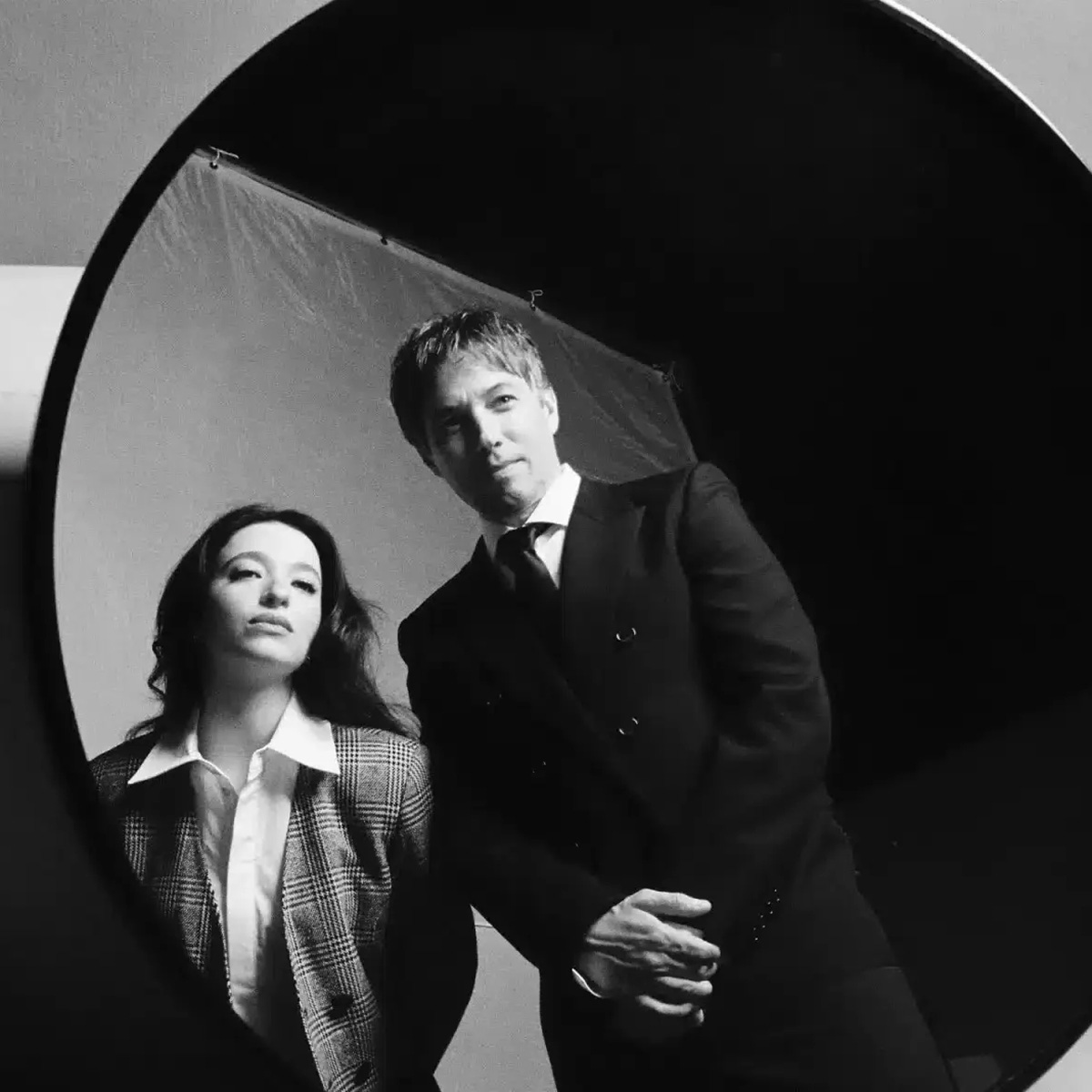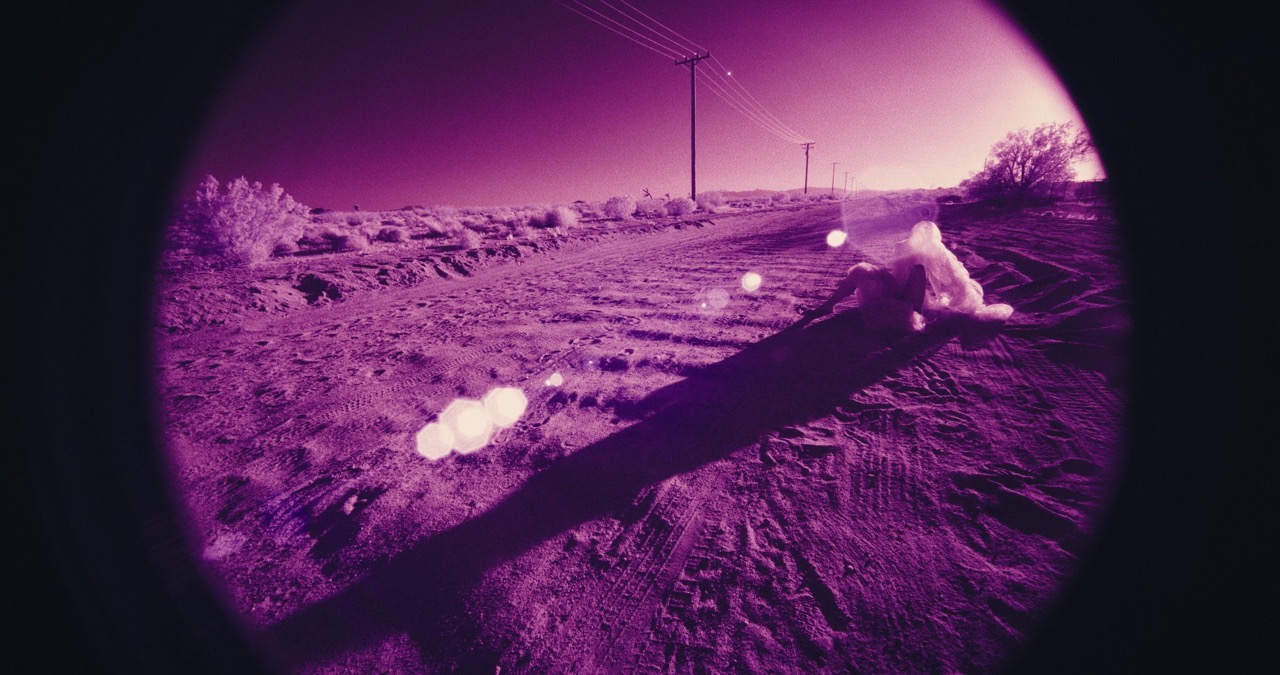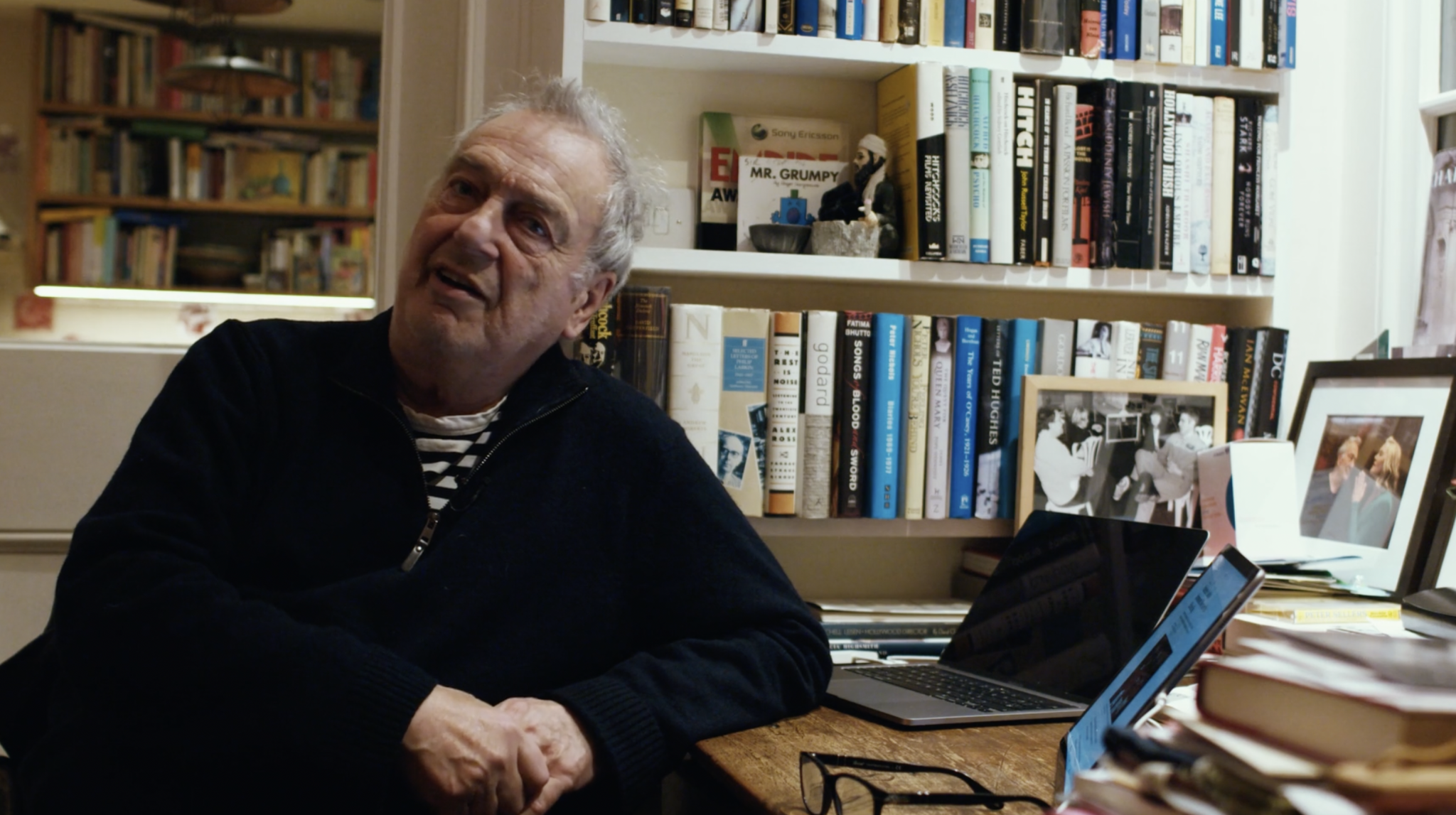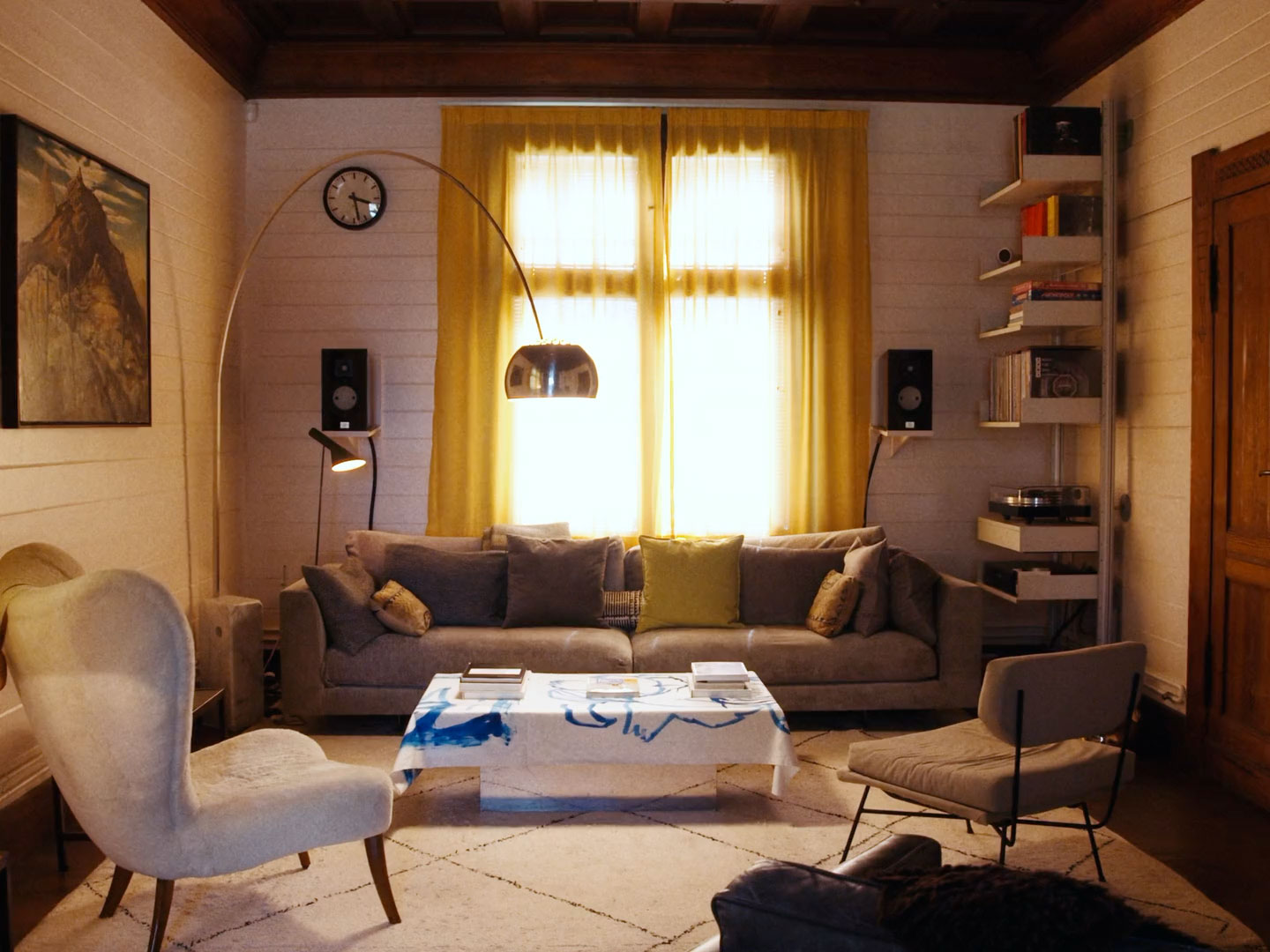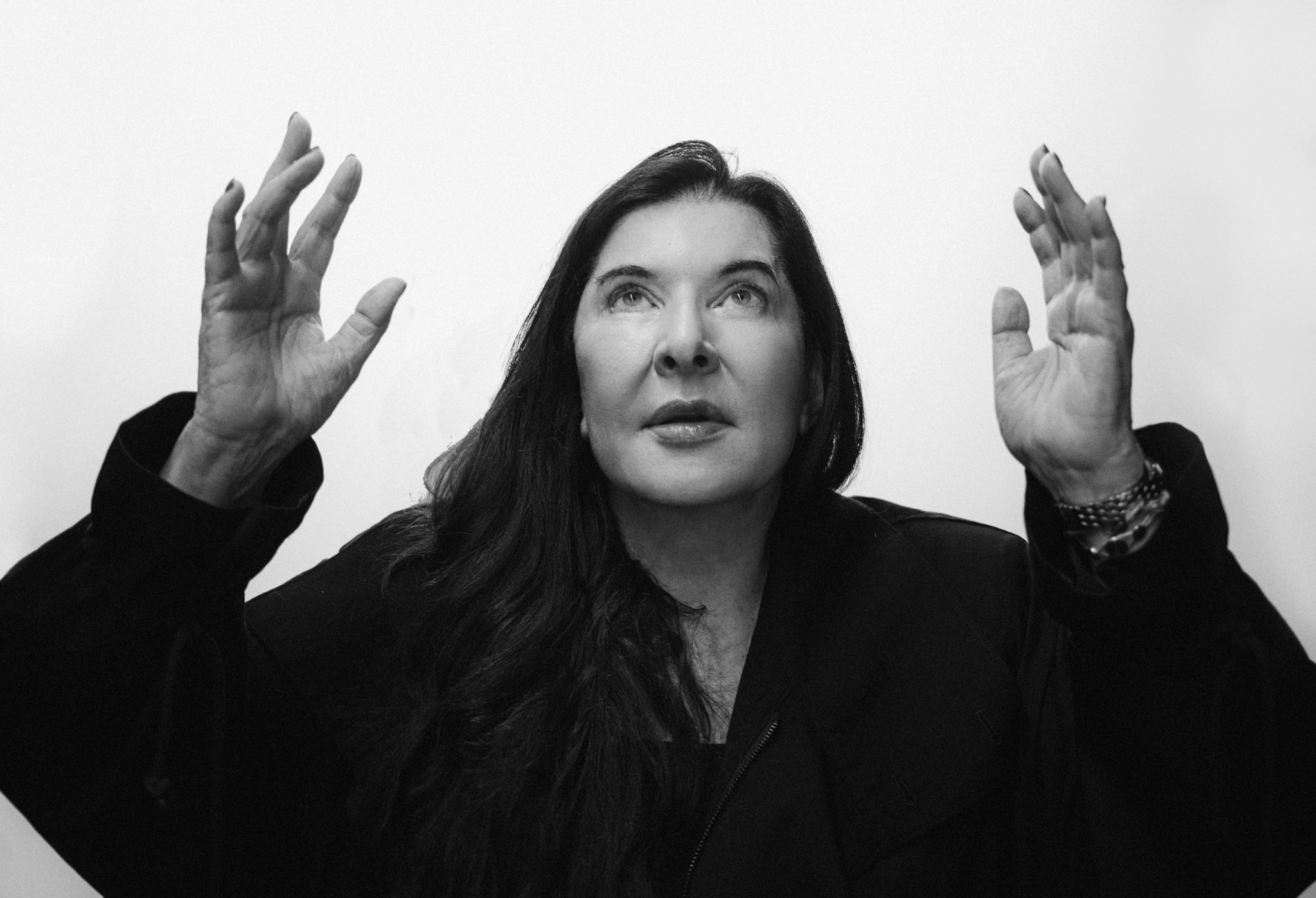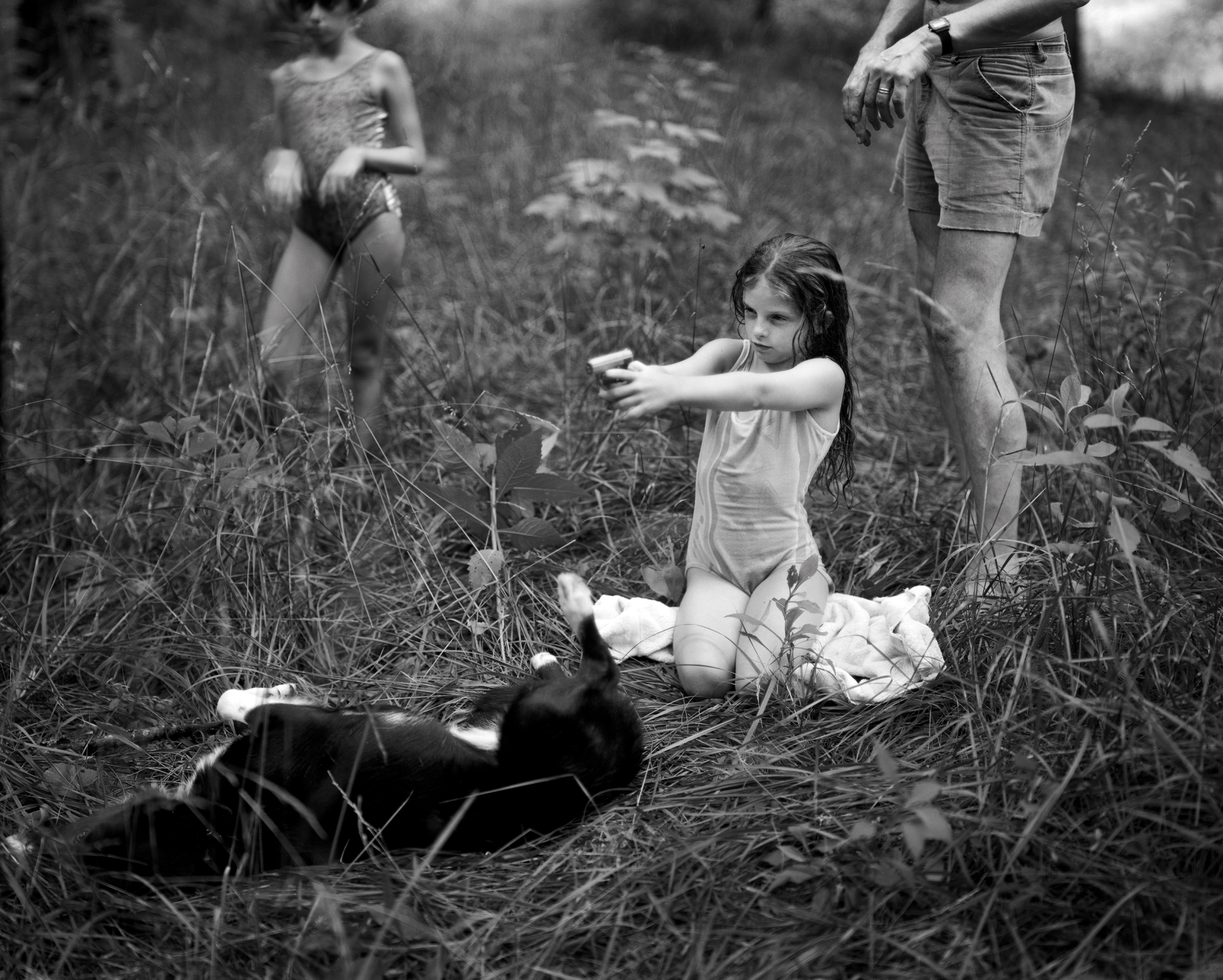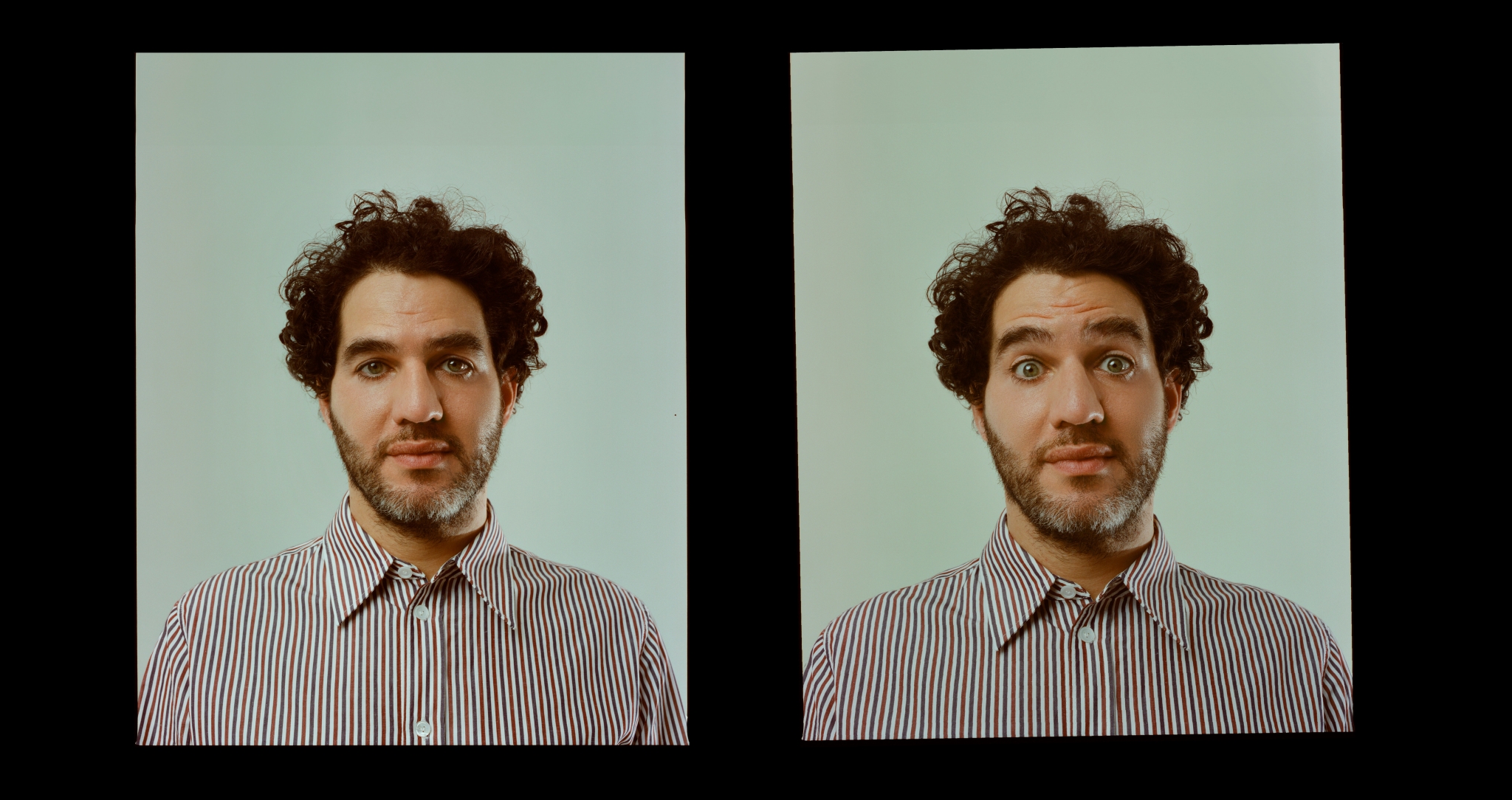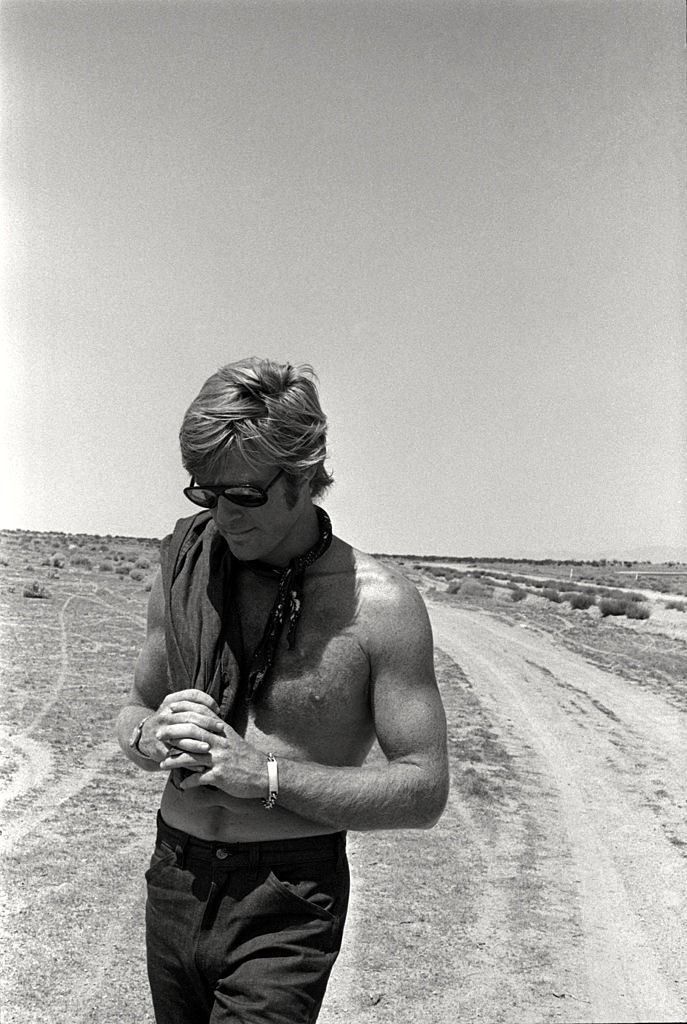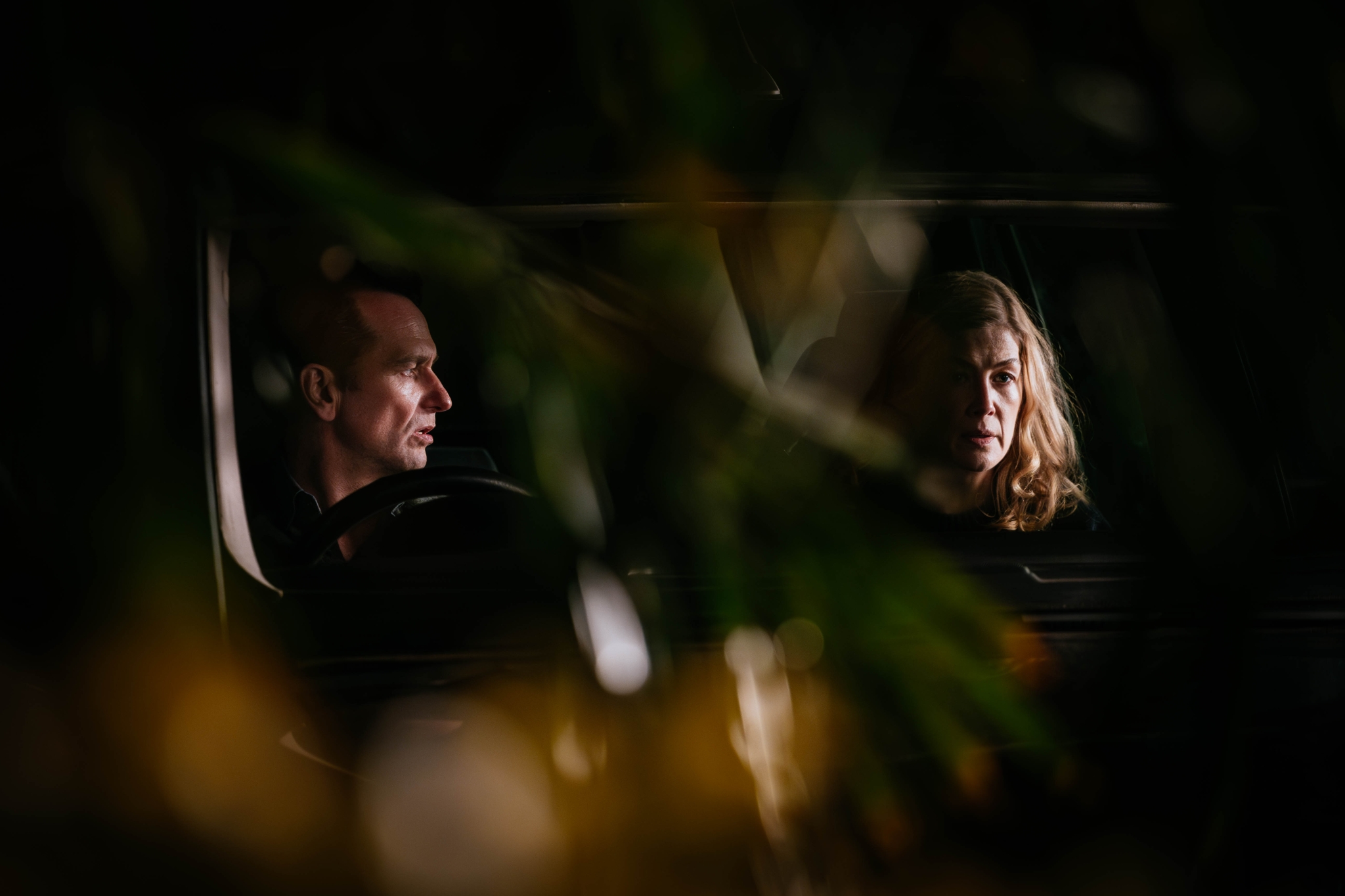
Director Babak Anvari and actor Matthew Rhys discuss their greatest fears, what makes a good “horror voice”, and how they used chicken carcasses to simulate the sound of a chest caving in in Hallow Road.
You wake up in the middle of the night to your phone ringing. It’s your teenage daughter. She’s crying—in a state of panic. She tells you that she has just been involved in a car accident while driving through the forest at night, and that she might have killed someone in the process.
It’s every parent’s worst nightmare, and it’s exactly the kind of disaster scenario in which we find married couple Frank and Maddie (Matthew Rhys and Rosamund Pike) in Babak Anvari’s deliciously harrowing Hallow Road, a horror film best experienced by going in totally blind (I fear that even the content of this article offers up a little too much information, so if you haven’t already, consider watching the film before scrolling on).
“It was inspired by the very popular Celtic myth of the changelings,” says Anvari of the film, which sees the lines between the earthly and supernatural realms distort as Frank and Maddie anxiously race down an ever-darkening road to reach their daughter (Megan McDonnell), who, communicating over the phone, grows increasingly distressed as the film unravels.
Alongside a devilishly intriguing premise, Hallow Road is littered throughout with sequences so unbearably tense that by the end of the film you’ll be wiping nail clippings off your legs. Anvari, though, is thoughtful enough of a director to leave the true nature of Hallow Road’s horror up to interpretation, ensuring the film stays with the viewer long after they’ve left the cinema. “Classically in fairytales, forests in stories represent the unconscious. So it was about playing with that. Is it a representation of this family’s unconscious place, or is there something supernatural about the forest? It’s meant to represent the anxious psyche of the parent. It needed to have a nightmarish quality. And in nightmares, there are ambiguities. That’s where the terror lives.”
We spoke to star Matthew Rhys and director Babak Anvari about their greatest fears, what makes a good “horror voice”, and how they used chicken carcasses to simulate the sound of a chest caving in in Hallow Road.
Luke Georgiades: I had a wonderful, traumatising time watching your movie.
Babak Anvari: That’s music to my ears.
LG: I was lucky enough to go into this blind, and I’ve been paying that forward and telling everyone I know that this isn’t a horror movie. What have been your favourite reactions to the film?
Matthew Rhys: The beauty of SXSW was that no trailers were out, very little was known about it, and generally the audience had no real idea about what was coming. It’s a rare gift in this day and age. It’s a hard film to pin down, and sometimes it’s more enjoyable when you don’t try to pin it down. The luxury of going in blind is that you’re open to anything. The reactions at that screening were very visceral.
BA: Gasps. Big, big gasps.
MR: Kind of like “WOOOOOO.” For a filmmaker, that must be what you dream of.
BA: There’s one laugh in the film.
MR: Yes! I was so glad that landed. The audience is holding their breath for the entire film, and they get one crucial moment of levity within that.
BA: I love the fact that the film is a conversation starter. Some see this as a psychological thriller, all about the trauma that the parents are experiencing, and others see it as purely supernatural.
LG: Do you hold the answers to the film’s secrets in your head, or do you also carry multiple interpretations of the piece?
BA: For sure. As a filmmaker, I need to know the mechanics of it all. But I leave the ambiguities for others. Even the actors. It’s meant to represent the anxious psyche of the parent. The moment we got into the car, I wanted it to become a parent’s worst nightmare. It needed to have a nightmarish quality. And in nightmares, there are ambiguities. That’s where the terror lives. Classically in fairytales, forests in stories represent the unconscious. So it was about playing with that—is it a representation of this family’s unconscious place, or is there something supernatural about the forest?
LG: Is this based on an existing folklore?
BA: It was inspired by the very popular Celtic myth of the changelings. Typically, they kidnap your child and replace them with an imposter. I infused the story with that, but it’s more a wink to those in the know. Younger generations are adamant that this is a supernatural film. Which I love. But if you see it as a purely psychological thing, for them it’s real. That’s what counts.
LG: Matthew, you’re a father, I wonder how much of that part of your identity did you allow yourself to bring into the role?
MR: It was omnipresent. Even as I was reading it, I was thinking, God, this is every parent’s nightmare. That thing of being unable to reach your child, protect them. But the added element of them also listening to it is beyond any parent’s comprehension. Truly the stuff of nightmares. Weirdly, when you become a parent, it’s free: that kind of visceral instinct. It bristles in you in a way you didn’t think was possible.
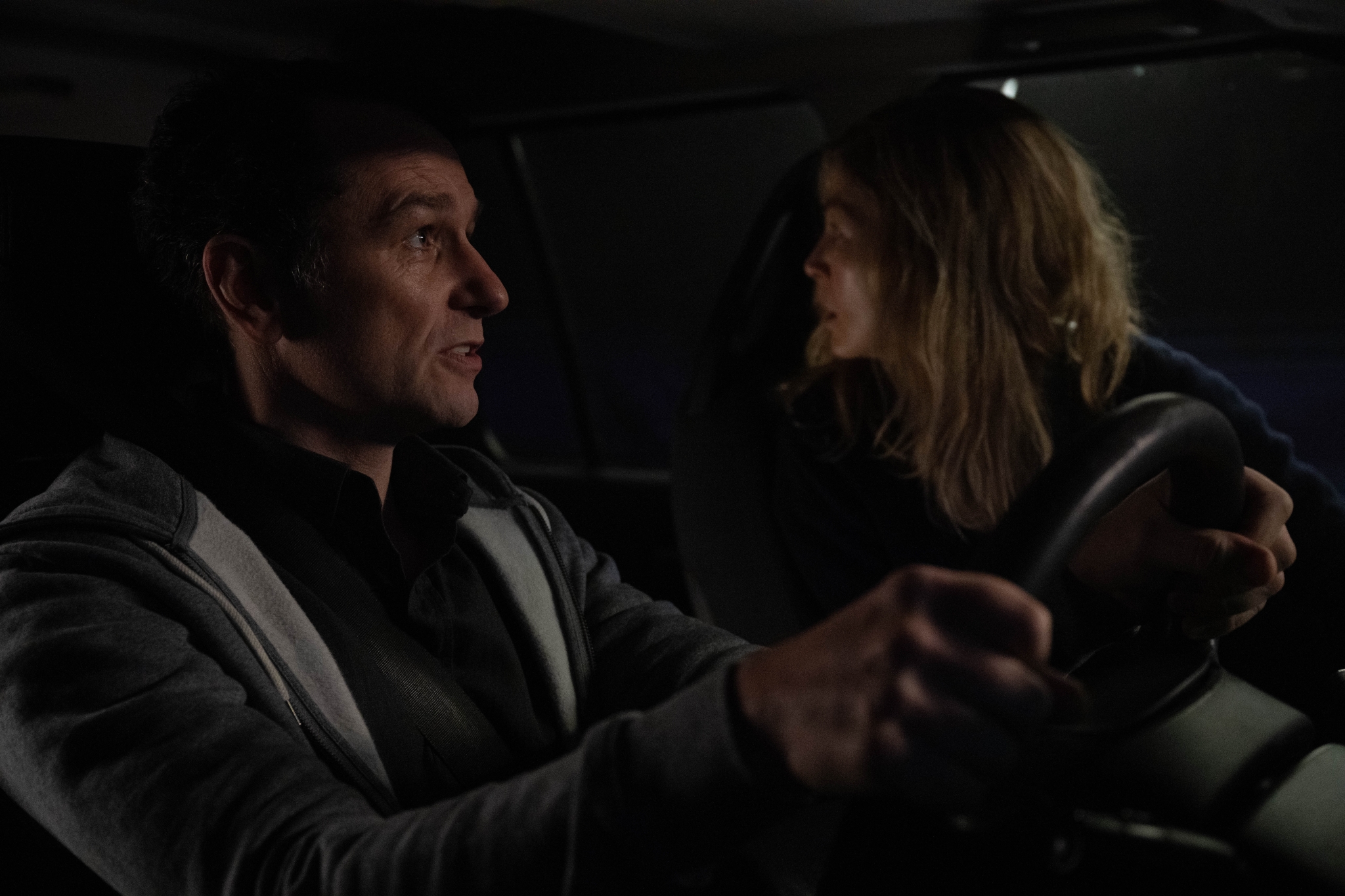
LG: It’s a dark place to take yourself as an actor. Did you find it hard at the end of the day’s work to remove yourself from that?
MR: I’ve had enough years in the saddle now that as soon as ‘cut’ is said the character can be gone. Rosamund, also a mother, is the same, though she did tell me at one point, ‘I am having these weird dreams…’ [laughs]. Ultimately, you’re being asked to do strange things that’s antithetical to what your brain is telling you, which is that it’s just make believe. But you’re still putting your body through a traumatic experience, and it plays strange tricks on you.
BA: It sinks in. I always felt bad, because I would put Matthew through these intense emotional moments, and I would yell ‘cut’, and he would just put his face in his hands. You could see the exhaustion.
MR: It was one of, if not the most exhausting shoot I’ve ever done. If it was any longer than two weeks in that car I would have been toast. I just remember flying out of the Czech Republic like [emits noise of someone in deep pain].
BA: I felt like a sadist…
MR: “DO IT AGAIN!” [laughs].
LG: So much of the horror here is sound based. The voices, but also the sound of a body being dragged across the concrete, the sound of someone’s ribs caving in. Was that a challenging or freeing aspect of the production for you?
BA: It was both. Challenges always inspire creativity. Hats off to Paul Davies, an amazing sound designer, he did Saint Maud. We planned the sound as intricately as the visuals of the film. We knew the sound would have to become more expressionistic as the film went on. The moment you’re in the car, you’re inside Maddie and Frank. You’re inside their heads. The planning of the sound started way before the shoot.
LG: Unfortunately, Megan McDonnell is going to be a bit underrated because the audience doesn’t physically see her in the film, but it’s a breathtaking vocal performance. What was it like rehearsing with her?
MR: I’m glad you said that.
BA: She was in this room next to our stage with a microphone playing it live, with Rosamund and Matthew reacting to her voice on set. She called it ‘the trauma booth’. Rosamund and Matthew couldn’t see her, it was as if they were hearing her through the phone.
MR: And that’s why it worked. From day one, she hit that performance running. As jolting and jarring as it is, you’re thinking ‘great’, we have it for real now. I don’t have to do the magic as if, because it’s being supplied. All I had to do was react to this poor girl in trauma. And God bless her for bringing it.
LG: How did you achieve that squelching sound of a chest caving in?
BA: Chicken. It was a chicken [mimes a hand being stuffed up a whole chicken]. Sound artists are insane. It’s a chaotic job. It’s a mess in their studio.
MR: Chicken carcasses everywhere…
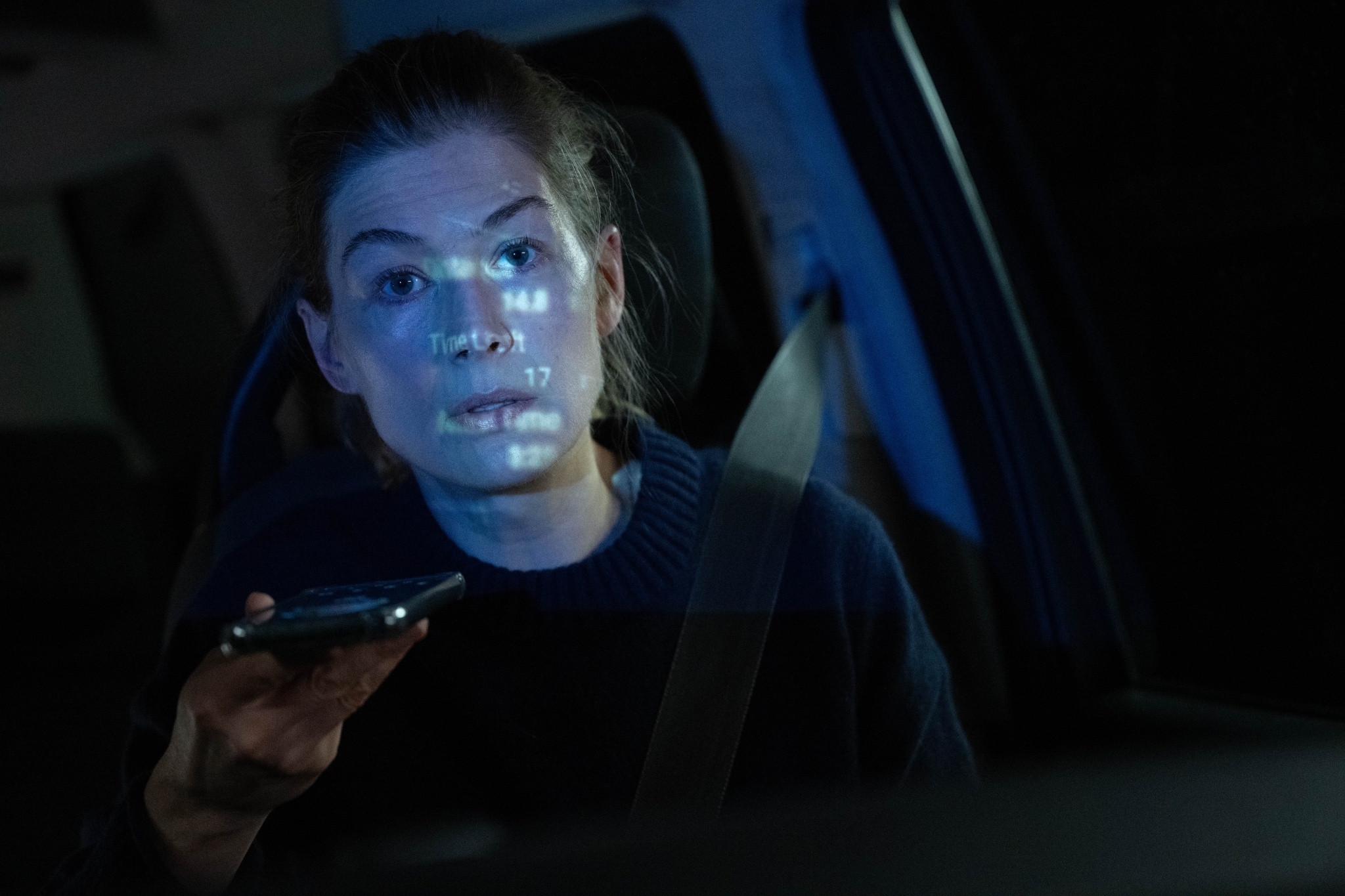
LG: Another aspect of what makes this movie terrifying is Rosamund’s phone voice. And I’ve been trying to figure out why it is that that voice sends such a shiver up my spine. I’d love to know about you and Rosamund went about fleshing that voice out and the psychology behind what makes it scary?
BA: One of the earliest ideas I pitched to the producers when I read the script was that the actors playing the parents needed to be the same that were playing the strange couple on the other side of the phone. For me, it’s the shadow side of the parents. It’s like a dark fairytale. Sleeping Beauty is about parents trying to change the fate of their child, that their child has brought on themselves. Rosamund and I talked about the voice being witchy. But we did a few variations and landed in a place beyond simple witchiness. But, essentially, it was her inner witch. It’s like a witch meets a very strict schoolmaster.
LG: I was waiting for the voice to become more demonic, but it’s scarier that it doesn’t.
MR: That’s what makes it work. The tone isn’t menacing, but the intention is.
BA: At the end, she slips purposefully back into Maddy. Watch out for it on the second viewing.
LG: You’re not a filmmaker who exploits their audience with jump scares, and when you do it feels earned. But what really scared me was the atmosphere, and I wonder from where or whom or what you learnt that sensibility from?
BA: I’m a fan of the horror genre and intense thrillers. But I’m also a massive wimp and full of anxieties. I get scared easily. I tap into what would terrify me or make my skin crawl. That’s my compass. When I was planning the film sometimes I’d give myself nightmares.
LG: What are both of your most irrational fears, and is there a film that you feel has totally captured that?
MR: Rats. I have an irrational fear of rats. Apparently it represents a fear of the future. And I’ll tell you the film, because I was in it [laughs]. It’s called The Abduction Club. In the film, I’ve been caught, shackled, beaten and am to be hung the next day. I’ve been thrown in a ye-olde jail cell, and they’ve covered me in fake blood, which is made of sugar. My hands are shackled. They say, ‘ok, we’ll come in, you get thrown to the floor, you’re lying there, and there’ll be a few rats about.’ Ok. Fine. So they release the rats…
BA: [Laughs]
MR: There’s about eight rats in the cell. I can’t move, and all I can hear is “EEEEEEK” and suddenly they’re on me, and they’re licking, licking, licking. They smelt the sugar and ran over like I was a confectionery. All I could hear was slurping. I just went, ‘GET ME THE FUCK OUT OF HERE NOW!’
BA: That should have been your conversion therapy.
LG: Babak, what about you?
BA: I have so many, I don’t know where to start. Maybe film critics [laughs]. But any gross creatures. Cockroaches. I have so many, I can’t pick one. I’m OCD.
MR: It’s a good way into the mind of a horror director. If you make your fears you can control them.
Hallow Road is in UK and Irish cinemas now.

